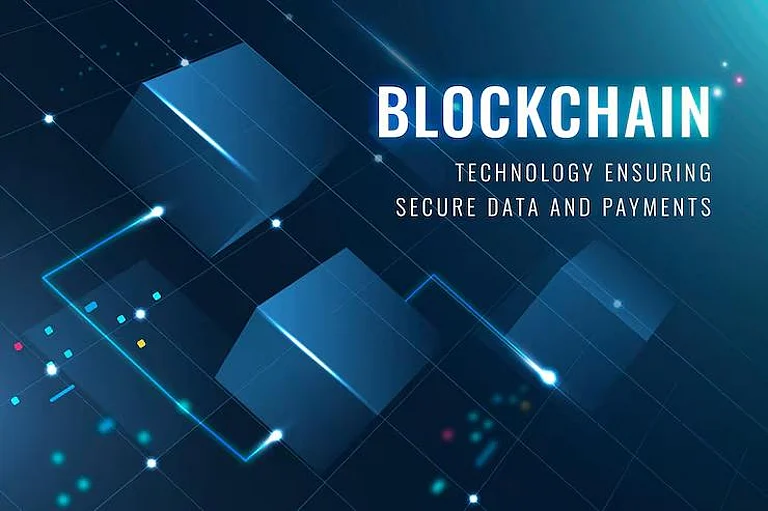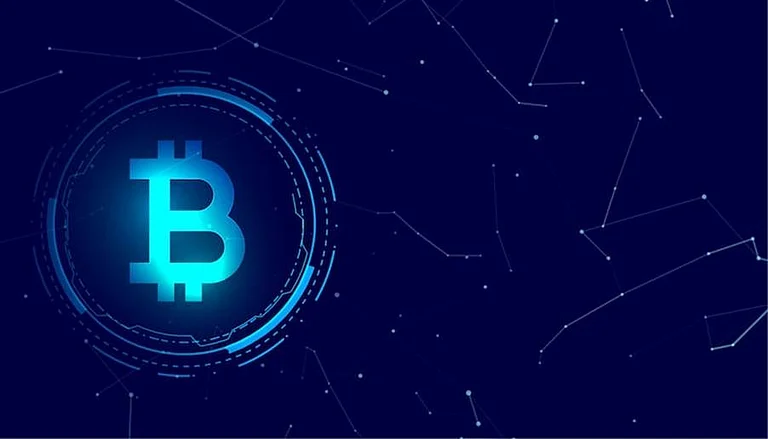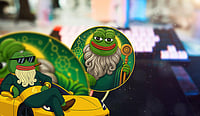Web3 is transforming how the internet operates—beyond centralized control and into the hands of users. Founded on the concepts of decentralization, openness, and user control, Web3 technology is no longer something that will happen sometime in the future—but it's already underway. From payment to supply chains, the convergence of blockchain-enabled systems is remedying actual problems better, more reliably, and more autonomously. This article examines important areas where Web3 is being used in important ways across sectors and groups.
1. Decentralized Finance (DeFi): Rebuilding Access to Financial Services
DeFi is a blockchain-enabled financial system that allows users to conduct fundamental financial activities—lending, borrowing, trading, and taking interest—without any assistance from traditional banks or financial intermediaries. Rather than one central authority authenticating transactions or holding records, smart contracts enforce and carry out agreements automatically on the blockchain.
This revolution enables consumers by allowing greater universal access to financial services, particularly in those areas where banking is exclusionary or unregulated. Transfers are not only faster and more transparent but programmable, i.e., issued under conditions and with pre-determined results. By removing middlemen, DeFi reduces costs, improves security, and provides a permissionless platform for global financial engagement.
2. Self-Sovereign Credentials and Digital Identity: Enabling Users to Regain Control
Web3 allows for an unprecedented paradigm shift in the way people control and prove their digital identities. Instead of putting their information in the control of central platforms to store and manage, users can use decentralized identity (DID) platforms to establish, possess, and manage their digital credentials on their own. Cryptographic wallets and blockchain-based verification systems pin these identities down while providing privacy, authenticity, and cross-platform support.
Self-sovereign identities obviate the necessity of repeated re-KYC and minimize the risk of data breaches, leaks, or identity thefts. People can disclose their credentials when they need to and revoke access on demand. It has the potential to transform sectors such as healthcare (medical history), education (transcripts), and government services (digital citizenship), where secure, portable, and verifiable identity is essential.
3. Supply Chain Transparency and Traceability: Building Trust by Seeing
Web3 deployment in global supply chains sets a new benchmark in traceability and accountability. With each transaction, movement, or change of goods being documented on a public ledger, businesses can compile time-stamped and tamper-proof accounts, which are available to any supply chain actor. Such transparency guarantees that each activity in the supply chain—from raw material sourcing and finished delivery—can be real-time verified.
This increased transparency assists businesses in identifying inefficiencies, avoiding counterfeiting, and conforming to sustainability or safety standards. For consumers, it fosters trust with traceable guarantee of product origin, ethically sourced, and quality. From tracing food, fashion, to pharma, Web3-enabled supply chain solutions ensure authenticity, eliminate dishonesty, and build a more responsible system.
4. Creator Economy and Content Ownership: Enabling Creative Freedom
Web3 is at the center of disintermediating the creator economy by allowing direct monetization of content and true digital ownership. Traditionally, artists and content creators have been forced to employ centralized platforms that charge steep commissions, restrict distribution, and manage access. Web3 presents decentralized platforms whereby creators can tokenize their content as tokens (e.g., NFTs), maintain intellectual property rights, and incorporate royalty systems into smart contracts directly.
This means that when a digital asset is resold or reused, the creators get an immediate cut of the revenues. Not only does this offer higher financial rewards, but it also promotes community building, where collectors and fans can directly invest in the creators they like. Whether music or artwork, articles or video, Web3 infrastructure is establishing a more democratized and autonomous digital creative economy.
5. Decentralized Autonomous Organizations (DAOs): Rethinking Organizational Governance
Web3 facilitates a new form of collective self-governance with Decentralized Autonomous Organizations (DAOs). Member-owned communities ruled by transparent rules encoded on the blockchain, DAOs don't conform to conventional companies or institutions with well-behaved hierarchies. Instead, they function through smart contracts that enable stakeholders to suggest, vote on, and execute decisions in a decentralized and democratic way.
Each voter's voting power is usually tied to tokens they hold, making decision-making economically rational and fair. DAOs are being used on a large scope—protocol governance and investment funds on one end and social movements and not-for-profits on the other. DAOs provide flexibility, transparency, and worldwide cooperation so that disparate groups can structure themselves in an effective manner without having to deal with intermediaries or centralized control.
Conclusion
Web3 is gradually shifting from theory to practice. Its decentralized architecture now enables real-world applications that disrupt conventional systems and empower users with control over finance, governance, identity, and creativity. Such applications are a trust-based digital revolution, fueled by autonomy and global coordination. The more who join it, the greater the real-world potential of Web3 will be—making it not only the future of the web but also the here and now of innovation.

























